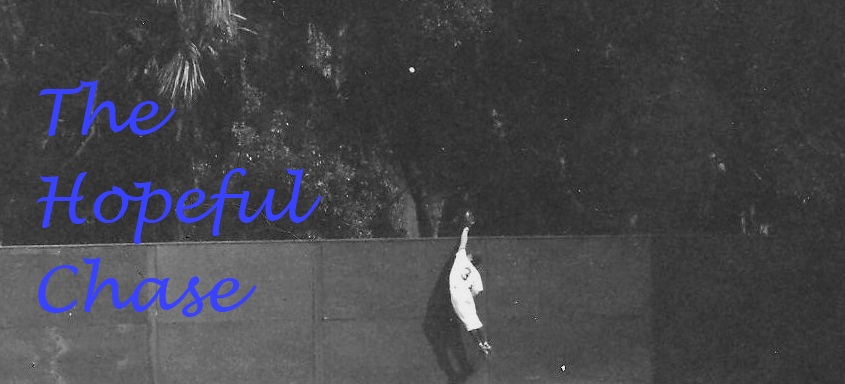Baltimore Orioles Victory #17: 10-6 over the New York Yankees
 |
| 2021 Topps Heritage Ryan Mountcastle/ Bobby Dalbec Rookie Stars |
The O's are currently riding a three-game losing streak thanks to a beating put on their pitching staff by the Tampa Bay Rays. The Rays, conjuring the ghosts of the '27 Yankees who got into shape just down the street from Tropicana Field, mashed out 32 runs in the three-game series against a Baltimore pitching staff that has careened directly into beleaguered status.
Overall they haven't won back-to-back games in almost three weeks and have just four wins in their last sixteen match-ups. I guess we should have been expecting this at some point. The pitching staff was patched together (to be kind) and the reliance on the bullpen early in the season has taken a toll on the bullpen. The chances of things improving are pretty remote, but hopefully they stabilize a bit over the next couple of weeks.
The offense hasn't been able to cover for the mistakes of the pitchers, but it hasn't been a total train wreck. They are mired in the lower third of the league and the .231 batting average isn't pretty (neither is the .297 on-base percentage) but they aren't the worst in the league. They haven't been no-hit yet either, and with the way those have been handed out so far this year, it's kind of a surprise.
Part of the struggles can be tied to the heart of the order. While Trey Mancini has righted his season (currently slashing .274/.341/.518 with 39 RBI) his fellow "M" brother, Ryan Mountcasetle is still scuffling along. There were high hopes for the second-year rookie after his scorching debut last season.
So far, it's been a struggle for the youngster. He's riding a .214/.239/.325 slash line with 3 HRs, 16 RBI, and 3 stolen bases. The kid can run, which is nice. Mountcastle has played roughly the same amount of games this year than he had last year and the difference in numbers is quite drastic. The number that stands out to me is his 30.7% K-rate. It's the highest number he's posted in his professional career by a pretty wide margin (except for a brief 10-game stint at Aberdeen) and well above the 21.4% he posted last year.
Watching his at-bats this season it looks like he's struggling with pitch recognition a bit. There are times when it seems he is guessing at a pitch and letting it rip. When he's right, he's making solid contact, but more often than not he's wrong and swinging through the pitch. It seems like the numbers are baring that out a bit as well. He's swinging at more pitches out of the strike zone (40.7% vs. 38.1%) and taking more called strikes (12.9% vs. 9.2%).
The good news is that when he does make contact he is hitting the ball harder than he did last year as his line-drive percentage, average exit velocity, and barreled-up percentage are all up this year. He just has to find a way to make more contact.
There has been some talk of possibly sending him down to the minors to get his confidence back a little, especially with the outfield getting a little crowded with Anthony Santander's return scheduled for this weekend. It might help him get in the right head space if he goes down and mashes some AAA pitching, but it doesn't fix the overall issue of recognizing and reacting to major league pitching.
Playing and seeing more pitches is the only way Mountcastle is going to get better at that. And that means playing him. This is a lost season. Having him getting at bats isn't going to keep this team from making a playoff run. It might be a good idea to keep him out of the outfield for a little as his defensive numbers haven't been great. Still, he can DH and mix in at first base a little with Mancini while he works on his hitting.
Perhaps we got a little too excited with his debut last year, but his early struggles shouldn't dampen our enthusiasm for his future. Repetition will help him recognize how pitchers are working him during his plate appearances. As that improves, so will his numbers and he'll get back to driving the ball all around the yard.








